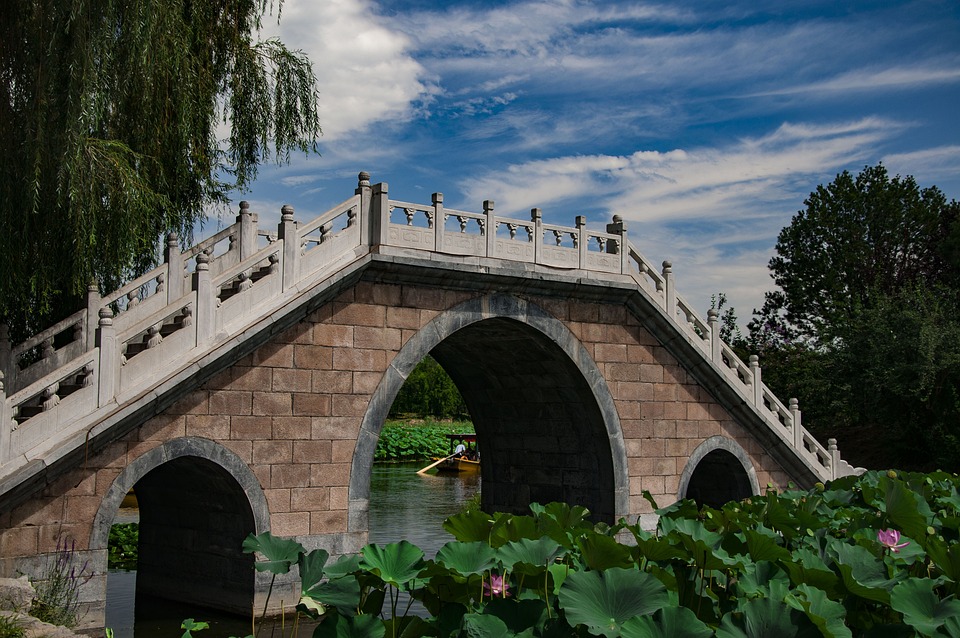Title: Rituals and Rhythms: The Melodic and Mystical History of Traditional Hawaiian Music and Dance
Introduction
Immerse yourself in the enchanting world of traditional Hawaiian music and dance, a vibrant tapestry woven with rhythms as old as the islands themselves. Brought together by a deep sense of reverence for the land, culture, and familial bonds, these melodies and movements have existed for centuries – echoing tales of love, war, spirituality, and aloha spirit across generations. Let’s explore the origins, evolution, and the powerful influence of traditional Hawaiian music and dance on modern-day expressions.
Ancient Origins
Hawaiian music and dance are believed to have originated from the native Polynesians who first settled in the islands over 1,500 years ago. Steeped in the ancient belief system of Hula, these traditional forms celebrate the oral storytelling that has preserved the history of Hawaii through generations.
1. Music: Instruments like the Ipu (gourd drums), Ipu Heke (Double Gourd Drums), Spiral Conch, Pahu (shark skin drum), Ohe Heke (Single Gourd Drum), and Ukeke (a type of Banjo) filled the air with melodies that induced trance-like states in the listeners. The lyrics of traditional chants told stories that reflected daily life, ranging from tales of everyday mundane routines to epic stories of war and love.
2. Dance: Classically known as Hula, this ancient form of dance was initially a religious ritual used to invoke the gods. The Hula dances are primarily categorized as two styles – the Hula ‘a’a, performed in honor of deities and as a form of worship, and the Hula kahiko, which is a more theatrical form aimed at storytelling. Many believe that certain Hula movements imitate the natural actions of plants and animals, thereby empowering dancers with the forces of nature.
Evolution and Modernization
With the arrival of Western missionaries in the early 19th century, there was a momentous change in the traditional Hawaiian culture. While the missionaries banned certain cultural practices, they, paradoxically, also helped in documenting the indigenous Hawaiian music and dance forms. Giving them written structure and enabling them to be preserved for generations to come.
Resurgence: The Renaissance
The late 19th and early 20th centuries saw a resurgence in the Hawaiian culture, with many locals embracing their native heritage in fear of losing it. Prompted by an influx of visitors, performance halls and dance schools emerged, bringing the art of hula to a wider audience. The growing popularity of the dance and music led to the creation of various new styles, such as the hula ‘auana, which blends the classical forms with Western techniques and melodies.
The living tradition continues to this day with hula and Hawaiian music being celebrated as national treasures. Traditional performances attend important events and gatherings, while the modernized forms entertain everyday, keeping the spirit of Hawaii alive. Famous musicians like Israel Kamakawiwo’ole and IZ have played a key role in modernizing Hawaiian music, ensuring its global reach while still honoring its roots.
Hawaiian Music and Dance Today
Today, Hawaiian music and dance are powerful expressions of the islands’ vibrant culture. They serve as crucial touchstones for gatherings of family and friends, linking us to the past, creating memories in the present, and inspiring the future. Annual festivals such as the Merrie Monarch Festival and the Laysan Festival showcase the rich heritage and groundbreaking work of the Hawaiian dance and music community, cementing their significance in the global cultural landscape.
[Insert Image: Illustration of various traditional Hawaiian instruments and Hula dance figures]
FAQs
1. What does the word Hula mean?
– The term ‘Hula’ primarily signifies a celebratory dance in the Hawaiian culture. This dance form holds immense religious and historical significance and is performed in chants and songs to communicate meaningful messages about the community’s heritage and traditions.
2. How many types of Hula are there?
– There are two main types of Hula: Hula ‘a’a and Hula kahiko. Hula ‘a’a is a religious ritual dance that was performed in honor of deities. On the other hand, Hula kahiko is a theatrical dance form used primarily for storytelling.
3. Can anyone perform Hula?
– Traditionally, Hula was reserved for specific classes within the Hawaiian community, particularly skilled and trained dancers. However, nowadays, Hula can be learned by anyone interested in embracing the Hawaiian cultural art form.
4. Has Hawaiian music evolved over time?
– Yes, Hawaiian music has evolved and adapted over time. The influence of external factors, such as the arrival of missionaries and the Western colonizers, introduced new elements to Hawaiian music, forming a unique blend of traditional and contemporary styles.
5. Are there any festivals in Hawaii that celebrate traditional music and dance?
– Yes, Hawaii hosts various festivals that celebrate traditional music and dance, such as the Merrie Monarch Festival and the Laysan Festival. These occasions are an excellent opportunity to appreciate the island’s rich cultural heritage and the evolution of its music and dance.
Conclusion
The enduring legacy of traditional Hawaiian music and dance is a testament to the island’s resilient culture, its history, and its connection to the natural world. As we continue to marvel at the incredible rhythms and melodies, we’re welcomed into a living world of hula and music, a realm where past and present intertwine in an unbreakable bond, reminding us of the melodic magic and mystical history of Hawaii.
Image: [A picture showcasing various traditional Hawaiian instruments and Hula dance figures.]



